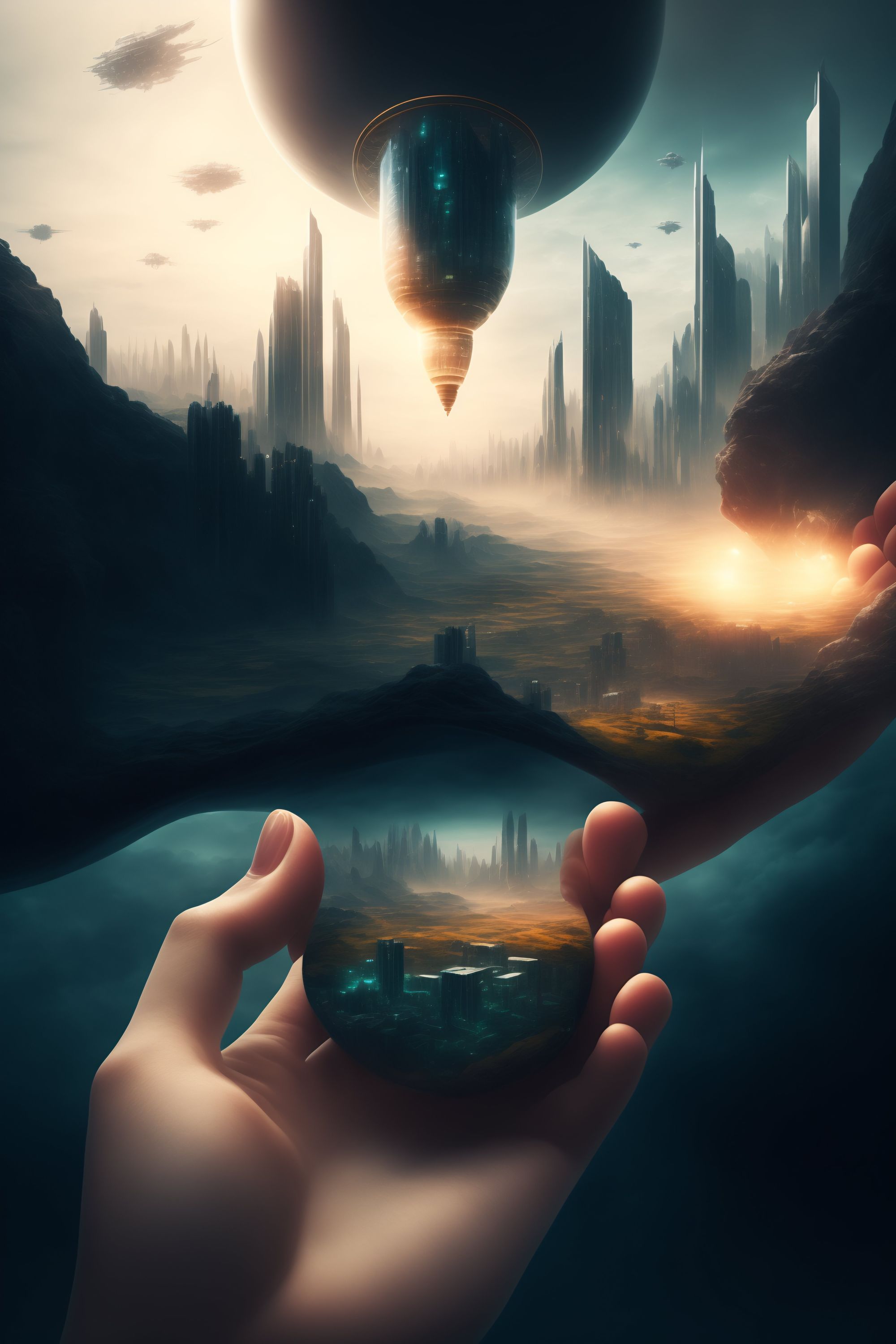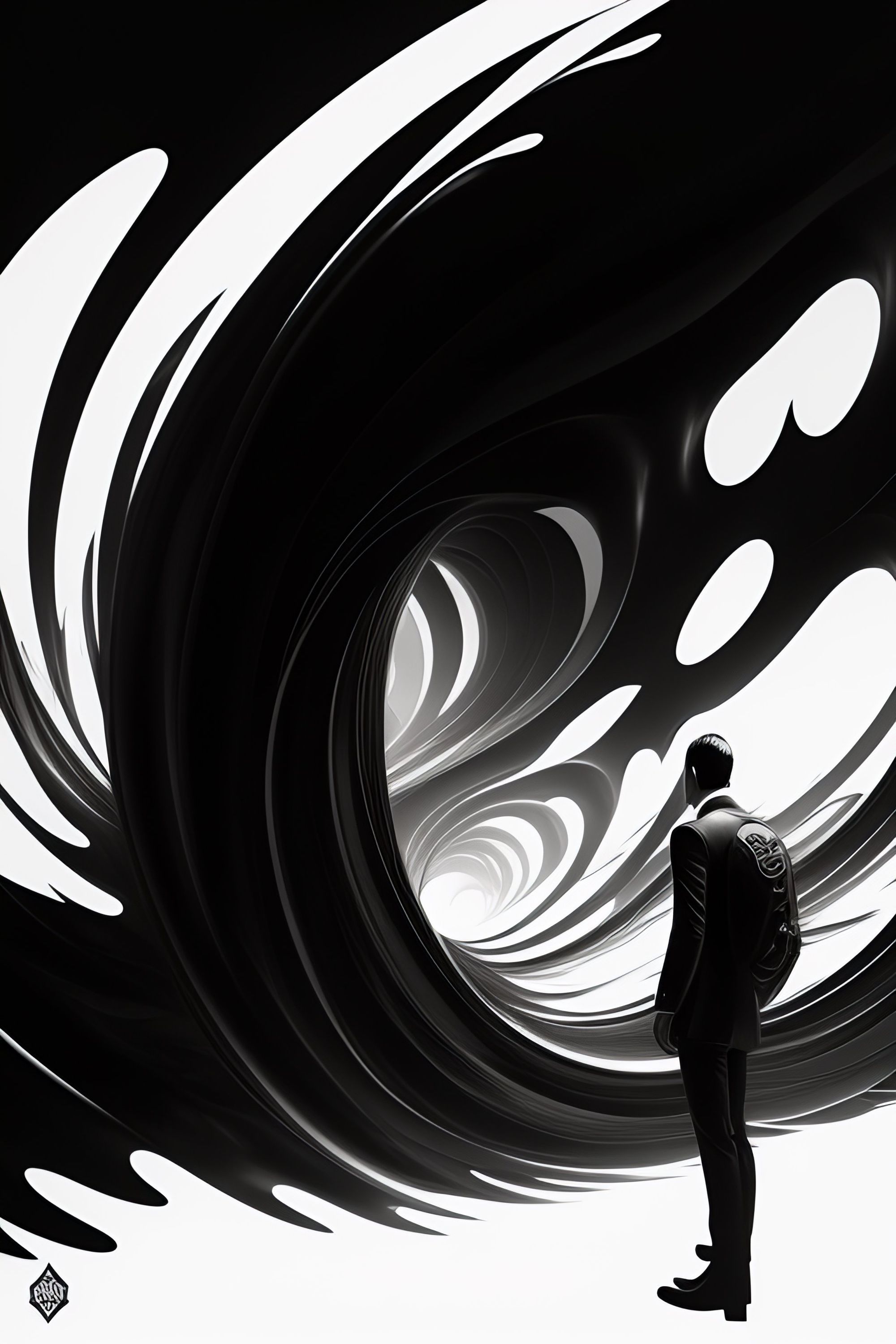The Art of Inception: A Surreal Mystery
My journey into the realm of the uncanny began with the discovery of a forgotten art exhibition catalog from the early 20th century.

I stood at the threshold of a world that defied the boundaries of reality—a world where dreams and consciousness converged in a bewildering dance of surrealism. My name is Adrian Langley, and I am an art historian with a penchant for the unconventional. Little did I know that my fascination with the enigmatic paintings of the reclusive artist, Lucien D'Arcy, would plunge me into a mystery that would challenge the very essence of perception and existence.
The catalogue spoke of D'Arcy's "Dreamscapes," a series of paintings that were said to hold power beyond mere aesthetics. These works, known for their ability to induce profound dreams in those who gazed upon them, had long been shrouded in myth and intrigue.
Determined to unravel the secrets of D'Arcy's art, I embarked on a quest that led me through dusty archives and obscure art collections. With each painting I encountered, I delved deeper into a world where the lines between reality and illusion blurred like watercolors on a canvas.
But it was the "Dreamscape" known as "The Labyrinth of Eternity" that consumed my thoughts and haunted my dreams. Its intricate details seemed to shift with every gaze, creating a sense of perpetual motion that defied the laws of physics. I became obsessed with deciphering its mysteries, unaware that I was spiralling into a labyrinth of my own making.

As I immersed myself in D'Arcy's work, I began to experience vivid dreams—dreams that mirrored the surreal landscapes of his paintings. I found myself wandering through twisted cityscapes, conversing with spectral figures, and witnessing impossible phenomena. It was as if D'Arcy's art had unlocked a hidden realm within my subconscious.
My obsession soon led me to the enigmatic Zara, a reclusive art restorer who claimed to possess the key to understanding D'Arcy's art. She spoke of an ancient technique known as "Inception," a method through which the artist could project their thoughts and dreams onto the canvas, imbuing their art with a piece of their consciousness.
Together, Zara and I embarked on a journey into the heart of "The Labyrinth of Eternity." Using D'Arcy's techniques, we delved into the dreamscapes of his creation, each layer of the painting revealing a deeper truth. We navigated through surreal landscapes and encountered beings of pure imagination, all while searching for the elusive core of the artwork.
But as we ventured deeper into the dream, we realized that the line between creator and creation had blurred. D'Arcy's consciousness had become entwined with his art, and our quest had become a battle to free him from the labyrinthine depths of his creation.

In a climactic confrontation, we confronted the manifestation of D'Arcy's consciousness within the dream, a tortured soul trapped by his artistic brilliance. Through a surreal battle of wills and a twist of fate, we managed to release him from the "Labyrinth of Eternity."
In the waking world, D'Arcy's paintings took on a new life, their surrealism fading to reveal profound and haunting truths about the human experience. The world marvelled at his art, never suspecting the surreal journey it had taken us on.

And so, dear reader, as I reflect on the enigma of D'Arcy's "Dreamscapes" and the art of inception, I realize that the boundaries between art and reality are as fluid and complex as the dreams that inspire them.
In the end, it is in the realm of the surreal that we often find the most profound and haunting mysteries of existence.




